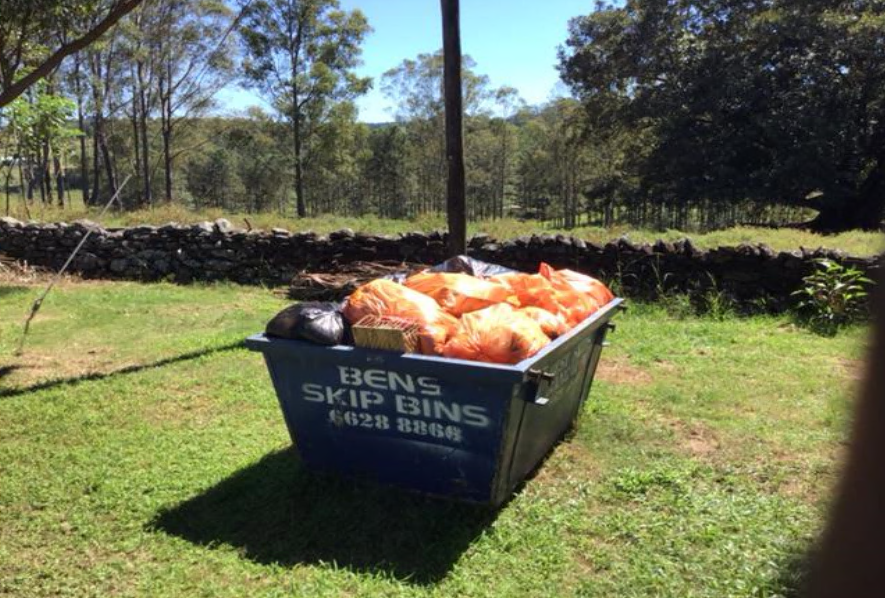What Materials Can Be Recycled into Aggregates?
In today's construction industry, sustainability is no longer optional—it's essential. That's where aggregate recycling steps in. For Ballina and surrounding Northern Rivers communities, recycled aggregates offer an eco-conscious and cost-effective alternative to virgin materials. But what exactly can be recycled into usable aggregate? Let's explore the various materials that can be transformed through recycling—and how this process is helping build a cleaner, greener Ballina.
What Are Recycled Aggregates?
Recycled aggregates are materials recovered from demolition, construction, and infrastructure projects that are processed and reused instead of going to landfill. These materials are crushed, sorted, and screened to meet engineering and safety standards, making them suitable for a variety of applications such as road base, drainage, retaining walls, and driveways. Ballina's construction and landscaping industries are increasingly adopting aggregate recycling practices to meet both environmental targets and budget constraints.
1. Concrete
Old concrete from buildings, footpaths, bridges, and driveways is one of the most common sources of recycled aggregate. Once crushed and cleaned, it becomes a strong and versatile base material for roads and structural fills. Not only does this reduce the need for new concrete production, but it also diverts tonnes of waste from landfills in Ballina each year.
2. Asphalt
Asphalt removed from resurfacing projects or old roads is another prime candidate. Recycled asphalt pavement (RAP) can be reused in new hot mix asphalt or compacted for base materials in road construction. This process conserves valuable bitumen and mineral resources while lowering greenhouse gas emissions.
3. Brick and Masonry
Broken bricks, roof tiles, and masonry waste are ground into aggregate that can be reused in civil construction, landscaping, and backfilling. These recycled materials offer excellent compaction and drainage properties, making them perfect for footpaths, driveways, and garden beds.
4. Excavated Rock and Natural Stone
Materials like sandstone, basalt, and granite extracted during excavations are easily recyclable into aggregate products. Once crushed and screened, they make durable, high-quality recycled aggregates suitable for heavy-duty construction use. Ballina's abundance of natural rock makes this a valuable stream for aggregate recycling.
5. Glass and Ceramics
In some cases, recycled glass and ceramics are crushed and used as lightweight aggregates. These are typically applied in non-structural concrete, decorative landscaping, or as a substitute for sand in blends. Though more specialised, this category contributes to Ballina's broader recycling goals and reduces demand for virgin materials.
6. Road Base and Rubble
Clean, crushed rubble from demolition and road base recovery can be reused in new road subgrades and pavement layers. These materials are screened for contaminants and graded to meet specifications, extending the life cycle of already-processed resources.
Why Recycle Aggregates in Ballina?
Recycling aggregates in Ballina offers several key benefits:
- Reduces environmental impact and landfill use
- Lowers costs for construction and civil projects
- Conserves natural resources
- Meets government regulations and sustainability targets
With a growing focus on eco-friendly practices, aggregate recycling is helping Ballina build smarter and cleaner for future generations.
Conclusion
The future of construction in Ballina is circular, not linear—and recycled aggregates are leading the way. From concrete to brick, asphalt to stone, there's a wide range of materials that can be transformed into useful, cost-effective building products. Looking to incorporate recycled aggregates into your next project? Visit our website or call us at (02) 6686 6144 to learn more about how we can help you turn waste into opportunity. North Coast Recycling – Building a sustainable Ballina, one load at a time.

